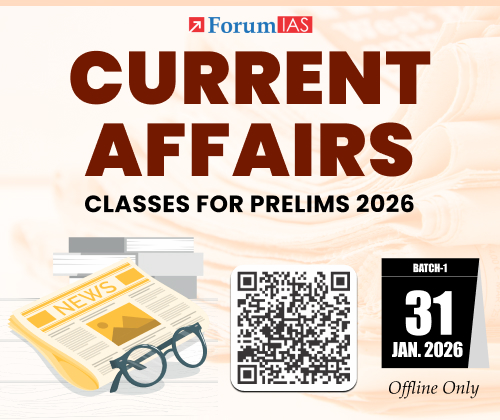Contents
Synopsis
The supreme court has constituted a National Task Force for transparent oxygen allocation. It is a 12 member body constituted to guide the central government allocation of medical oxygen to the states. Further, it will also recommend a framework for broader pandemic preparedness and response.
Background
- The second wave of the Covid-19 pandemic has crippled the healthcare system in India.
- The situation is worse in the domain of oxygen supply. Due to acute shortages, the toll of preventable deaths has increased.
- In this scenario, the supreme court has set up a National Task Force for transparent oxygen allocation.
About the National Task Force for transparent oxygen allocation:
- It is a 12 member body constituted to guide the central government’s allocation of medical oxygen to the states.
- It has 10 members who are leading clinicians, critical care specialists, and virologists. Along with this, there are 2 government officials – Secretary, Ministry of Health, and Cabinet Secretary.
- It is established for a period of six months.
Working and Mandate of Task Force:
- It will work as per its 12 point terms of reference.
- The first five points focus on oxygen supply. This includes:
- Deciding on a methodology for the scientific allocation of oxygen to states
- Facilitating audits (of oxygen supply, distribution, and utilization) by sub-groups within each state and UTs.
- The 6th point allows it to review and suggest measures necessary for ensuring the availability of essential drugs and medicines.
- The remaining 6 points are aimed at the broader pandemic preparedness and response. This includes planning and adopting remedial measures:
- To ensure preparedness for present and future emergencies;
- To facilitate the use of technology;
- Furthermore, to suggest augmenting the availability of trained doctors, nurses, and paramedical staff;
- Also, to promote evidence-based research and enhance effective response to the pandemic;
- To facilitate sharing of best practices across the nation to promote knowledge about management of the pandemic
- Lastly, to make recommendations in regard to other issues of pressing national concerns.
- It can constitute more sub-groups in specialized areas or regions to assist in its work.
- It can seek assistance from experts both within and outside government in areas such as clinical virology and immunology, epidemiology/ public health, etc.
Benefits of Creating such a task force:
- Firstly, it will facilitate a public health response to the pandemic based upon scientific and specialized domain knowledge.
- Secondly, it will give inputs to decision-makers. These inputs will enable them to go beyond ad hoc solutions to unprecedented challenges.
- Thirdly, it will alter the techno-bureaucratic nature of policy decisions by ensuring the participation of independent subject experts.
- Fourthly, it will give suggestions to improve state-level public healthcare systems. As it looks at the shortage of medical oxygen through a broader lens of pandemic preparedness and response.
- The state-level health care system currently has:
- Insufficient planning, delayed procurement, and weakness of supply chain management.
- Insufficient government funding
- absence of sufficient and trained human resources
- high out-of-pocket expenditure (around 30-40%)
- The state-level health care system currently has:
Way Forward:
- The members of NTF have the needed qualification and expertise to advise on clinical matters and oxygen supply. However, they may need to proactively co-opt experts from other fields for giving suggestions on broad issues in a short time. This involves experts from medical procurement and supply; pharmacology, free medicines, and diagnostics, etc.
- Further, the task force should refrain from giving a mere medicalized response to a public health challenge. The focus should be on creating a healthcare system that can keep people healthy and respond to future epidemics and pandemics.
Source: Indian Express
Centre seeks to replace EIA rules, activists rise in protest






